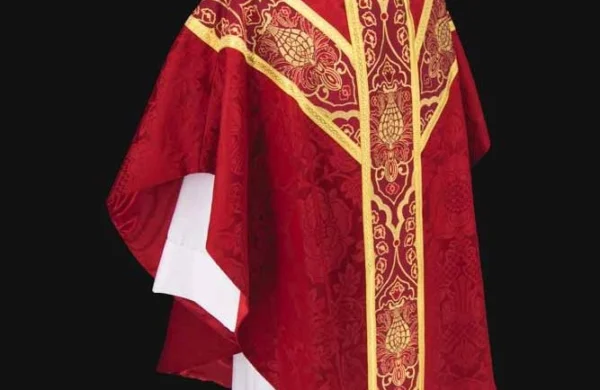
We’ll happily watch a three-hour game without blinking but check our watches after 45 minutes in church. What does this say about our priorities? The early Christians risked death to worship, while we complain about ten extra minutes. What do we miss when we rush God?
Like this:
Like Loading...
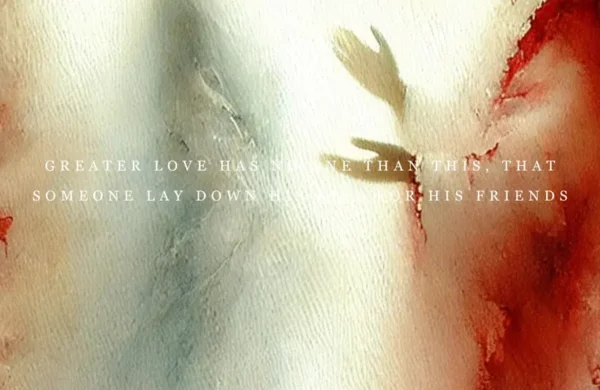
And his choice still whispers through centuries, challenging us to remember that true love – the kind that defies emperors and transcends time – isn’t found in cards or chocolates, but in the courage to stand for what we hold dear.
Like this:
Like Loading...

Discover how this divine encounter in the waters of baptism continues to ripple through time, transforming lives and revealing the heart of God’s plan for His beloved children.
Like this:
Like Loading...
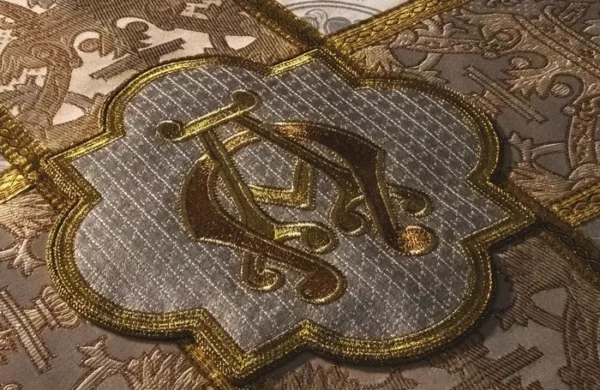
Have you ever noticed the large, white cloth draped over a casket at a funeral? This intriguing covering holds a depth of meaning that goes beyond its appearance. What does its white color signify, and why is it so significant in moments of loss? Let’s find out why this beautiful tradition is rich with symbolism related to hope, purity, and the promise of salvation…
Like this:
Like Loading...
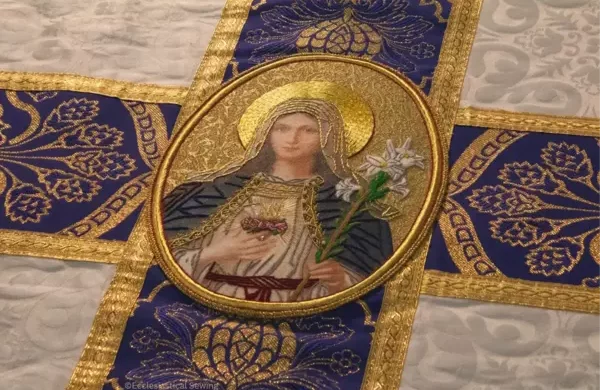
A casket pall, a ceremonial cloth used in funerals, symbolizes respect, equality before God, and resurrection. Originating in medieval Europe, it recalls baptism and new life in Christ. Traditionally white for purity and victory over death, palls were once black to signify mourning. The shift to white reflects a focus on resurrection and eternal life, emphasizing hope over mourning.
Like this:
Like Loading...
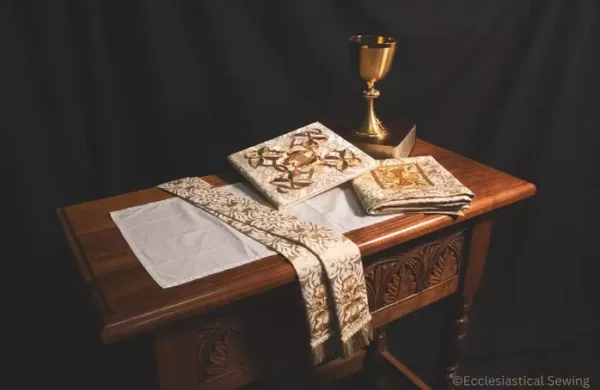
Ecclesiastes teaches us about life’s uncertainties and the need to act wisely. It advises enjoying life’s pleasures, making smart decisions, and trusting in God’s plan. The passage warns against chasing empty pleasures and encourages living with purpose and trust.
Like this:
Like Loading...
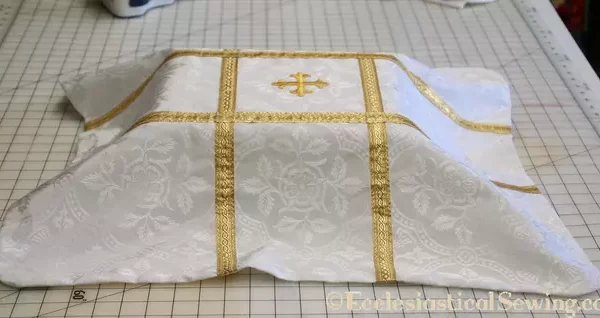
The tradition within the church is to use a Pall to cover the coffin for funerals. At the time of Pugin (early to mid-1800s), Palls were elaborate items, often embellished with extensive embroidery and gold work. Palls are still used today to cover a coffin during a funeral service. They are frequently white in color with a cross or other appropriate design applied. While churches may own a Pall for covering a coffin, they may not have a pall for covering an urn. The use of urns to replace large coffins is becoming more common.
Like this:
Like Loading...
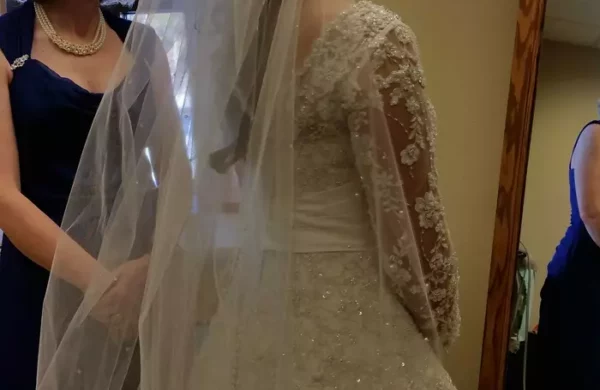
Ecclesiastical Sewing would like to officially welcome Ashley Zerwas to our team. Ashley is Carrie’s only daughter and she has taken a full-time job working for the family business after recently graduating college. When the Ecclesiastical Sewing storefront opens, Ashley will be helping to run the business behind the scenes. Ashley will manage social media, as well as assist with product development and sourcing. Ashley will also take on the role of Editor in Chief for Ecclesiastical Sewing.
Like this:
Like Loading...
The Clergy presiding over the service wore matching cream-colored vestments with tapestry orphreys. Another clergy wore vestments such as surplices, dalmatic, tunic, and chasuble, according to their role and position within the church. Clergy robed in matching white chasubles lined the stairs to pay their last respects as the flag-draped coffin left the Cathedral
Like this:
Like Loading...
Happy New Year from Ecclesiastical Sewing! After a busy month of home remodeling and wedding preparations, the workroom turned into a wedding hub. From groomsmen alterations to bridesmaid dresses and vintage veil restyling, it was a flurry of activity. The remodeled space is now organized and lovely!
Like this:
Like Loading...









You must be logged in to post a comment.